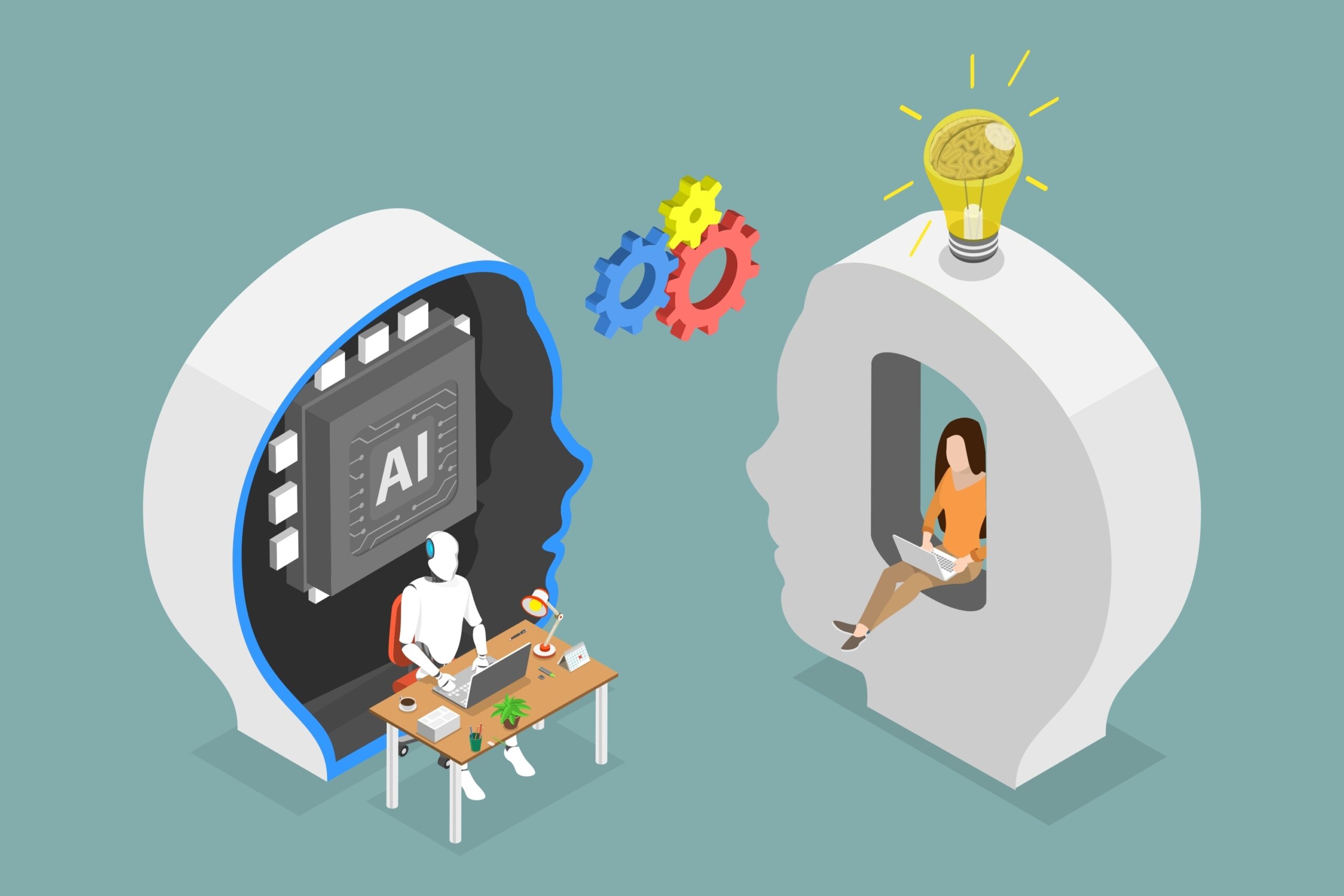
"Visma is continually exploring how artificial intelligence is used within business software, striking a delicate balance between central coordination and local autonomy. At the core of this transformation is a dedicated AI team driving adoption internally, enabling product innovation, and supporting the company's diverse portfolio across Europe and Latin America. From chatbots, generative AI, and agentic AI: the progress is going fast for business software. As AI matures, Visma is moving steadily from experimentation to scale."
"Visma's AI transformation revolves around four interconnected shifts. First is building an AI-native workforce, where employees embed AI into daily work to amplify skills and productivity. Second comes AI-native product development, which uses AI throughout the software development lifecycle, from prototyping to coding assistance, to speed up delivery and enhance quality. Third is the creation of AI-native products, delivering intelligent capabilities directly to customers. Finally, AI-native growth functions harness AI to elevate customer-facing operations such as support, sales, and marketing,"
"This structure ensures that AI is not only used internally but also embedded into offerings and aligned with sector-specific expertise. Nyman highlights that each layer strengthens the others. Internal skills provide confidence to innovate in products, while successful customer implementations inspire employees to embrace AI even more. Developer-first adoption as foundation Visma's most successful adoption case so far is among its developer community."
A dedicated AI team coordinates adoption while preserving local autonomy to enable rapid innovation across Europe and Latin America. The approach deliberately avoids rigid top-down mandates and instead provides a framework for experimentation and scaling. Four interconnected shifts drive transformation: building an AI-native workforce, embedding AI in product development, creating AI-native products for customers, and applying AI in growth functions such as support, sales, and marketing. Developer communities have led adoption, and internal skills and customer implementations mutually reinforce broader uptake. The overall goal is to move from experimentation toward reliable, scaled AI capabilities across the business.
Read at Techzine Global
Unable to calculate read time
Collection
[
|
...
]